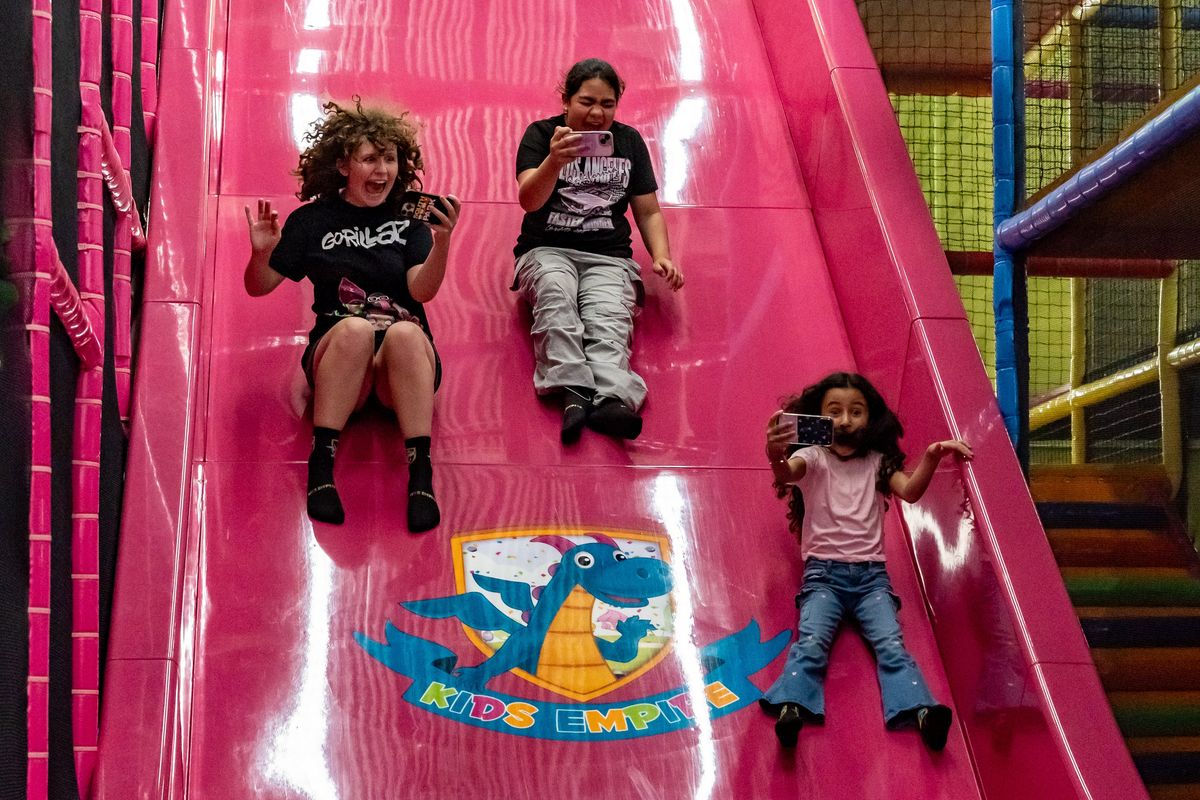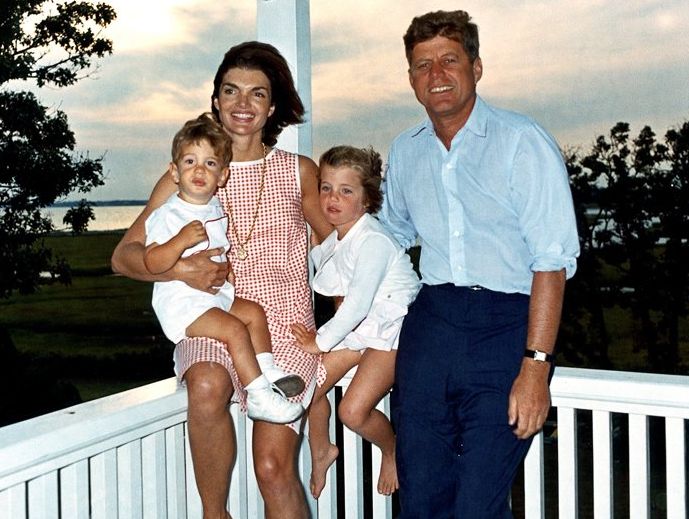Giving birth is a bewildering experience, and only women who have given birth know *exactly* what it's really like.
Every woman has a unique birth story to share, and no two are like. According to the Centers for Disease Control (CDC), there were 3,622,673 births in the United States in 2024.
To help others understand what giving birth really feels like, women opened up about their personal birthing experiences—and didn't spare any details. These are 17 real-life birthing stories from women who describe exactly what giving birth feels like.
- YouTube www.youtube.com
"It felt like my lower body was on fire." - TKmj2503
"Obviously painful but then it becomes out of body experience i swear. I remember hearing in the distance the midwife comment to the trainee "Ok, we know we are close because the cow sounds are coming now" and in my head I thought 'Who's making cow sounds?' Me....it was me... full breath, deep, cow sounds coming from deep within me for the final pushes 🤣 When you're in that moment, you don't care about the pain. You want it done. Nature is crazy! To all the women who said they were told to be quiet or not make such noises, f*ck them. To any partner looking to be supportive, embrace the raw experience of child birth and join in😅." - Shepford
"My throat was making those deep guttural sounds completely without my involvement. It was so bizarre." - User Unknown
"At first like period cramps, then like over the top period cramps, then I had epidural and felt absolutely nothing till the end." - thelastsurvivorof83
"For me, the contractions were 1 million percent worse than actually pushing the baby out. When you’re pushing it feels like your vagina has been set on fire, but for me anyway, when the midwife told me I was crowning, I knew that the hell and horror of labor was so close to being over so it gave me the motivation to get the baby OUTTA THERE. But the contractions are out of this world painful. And I didn’t have epidural both times as I gave birth at home and had no choice. I didn’t even scream I literally roared like a wild fucking tiger. It’s rough, but weirdly you forget the pain within days of your baby being born." - HolidayWishbone1947
 Get Out Birth GIF Giphy
Get Out Birth GIF Giphy
"Its so weird with the epidural. There's no pain but I could feel the intense deep pressure from the inside. Similar to when I overeat and I feel super bloated and need to poop? But like 5x more intense. There was such an immediate sense of emptiness and relief as soon as baby was out though, so bizarre." - ano-ba-yan
"Like bubble gut diarrhea and the most ungodly menstrual cramps mixed with SI joint pain and 10/10 back spasms, then like when you’ve been constipated for three days and you’re grunting so hard to push a poop out but it keeps sliding back in no matter how hard you push. You swear it’s 110 degrees and you’re sweating and thirsty but they’ll only let you eat three ice cubes. Then twelve nurses come rushing into the room and it’s just coming out and you can’t stop it and you know for sure that your lady bits are going to rip open. Then it actually does tear but the giant poop came out so it’s fine. You can rest now. Things get fuzzy as organized chaos erupts and someone is yelling for a surgeon. Then a yucky, grey, wide eyed jelly fish gets plopped on your chest as a rush of delirious emotions floods your brain and you look at it and say it’s the most beautiful thing you’ve ever seen in your life with tears in your eyes and you swear there’s a golden light shining down on you while the angels are singing a chorus. Then you realize two surgeons are poking around in your hoo haa and the golden light is a literal giant spotlight shining on your under carriage, your playlist has gone rogue and is playing Istanbul Not Constantinople and your husband is ghostly white and looks like he’s about to fall over. The nurse shouts out the time and date of birth and apparently it’s tomorrow? Two days later you get rolled out of the hospital and say 10/10, would do again." - PantsIsDown
"An enormous downward pressure that feels like it’s in your back door but it’s not. Only really painful toward the end. Things become very primal; you roar and scream to manage the overwhelming sensations but really your body is doing the work. The ring of fire is very real and you know when you are in it! Source: induction without pain meds." - clayfawn
 Season 8 Episode 24 GIF by Friends Giphy
Season 8 Episode 24 GIF by Friends Giphy
"Like taking an extremely painful dump, essentially. There’s a lot of pressure with tightness around your belly that comes and goes but gets closer together. The pressure is so intense, like you’re pushing all your organs out. Then burning pain when they crown, but once baby is fully delivered, immediate relief. Comparatively, delivering the placenta is nbd. It’s a few contractions then and you’re all done and feel like you just ran a marathon or did intense exercise. So much relief." - Minute_Cookie9771
"Like I was being cut with a serrated blade from my rib cage to my vag, and with no cesarean or perineal tears. I imagine it’s what a fish being gutted feels like." - karatekiddo
"Personally I think that contractions feel similarly to bowel cramps. It’s an intense cramping feeling that starts in the internal center of your body - the true trunk of your torso. The pressure is so deep and so hard and so intense that it’s blinding. And at the very peak of the contraction it’s a sharpness, akin to stabbing pain once you are in transition (so, 7-10 cm and effacing to 100% in your cervical status). The pushing itself is a sort of relief because the peaks of pain are blunted, and the reflex if allowed to naturally occur is really sort of nice in comparison. The baby descending into your vaginal canal is a heavy, dull, stretching pressure that is unlike anything I can compare. Sort of bowel-movement adjacent as well? You can feel their little head moving downward. The crowning - a stretch and a pop (if you tear- I did both times) but it’s not all that painful in the moment because of the adrenaline and everything else. I tore to the second degree and truly did not notice enough to care, I just wanted the pressure to stop. Once their head is out, most babies bodies sort of easily slither after. (Shoulder dystocia not withstanding.) And then the cord feels ropey, they set it aside(mine was placed on my belly for one birth lol), and the placenta feels like a huge period clot or jelly sort of just schlooping on out. Not before they 'massage' your stomach to encourage it - the 'fundal massage' sucks and helps the placenta come out. Then you get sewn up if you tore. Then you shake from the hormonal dump. Then you lay there and have a WHOLE lot of feelings." - mildtomoderately
"I had a 9lb, 2oz baby without an epidural. It hurt like hell but your hormones do something wild and your body just takes over. It was an out of body experience. I remember very little of how much it hurt." - Ticklish_Pomegranate
 Max Greenfield Comedy GIF by CBS Giphy
Max Greenfield Comedy GIF by CBS Giphy
"I was hallucinating in and out of consciousness the pain was so terrible. I was too far gone to get an epidural when I arrived, the gas made me vomit and the nurse told me to push. I remember thinking 'I'd rather be dead than continue to feel this pain'. It was the worse day of my life." - RecognitionMediocre6
"It’s like that monster turd you once did that started progressing and you know it’s so big it’s going to rip your *sshole. It burns, it stretches, it hurts! But you also know that the only way forward is through and you have to push this monster baby out. Like that but x10. Honestly- labor is the painful part, once it’s time to push and you can direct all that pain into something, it’s fantastic." - foxyloxylady
"I honestly don't know how to describe it. I had a non medicated vaginal birth. Contractions are just your whole belly just cramping up, it builds and just when you think you can't take it it goes away. Eventually they got so intense I just groaned through them. Sometimes making what my husband described as demon noises. I labored in the shower and the water + heat really does help. Then when pushing on the bed it gets really tiring but you do get motivated to be done and just meet your baby. The only time I had a oh shit moment was when she was crowning and I had the searing pain of the ring of fire. I took a minute, rallied and pushed through it. Honestly getting my cervix checked was worse than any contractions or pushing. Then when they push on your belly after, that's pretty awful." - TheSadSalsa
 Season 1 Baby GIF by Outlander Giphy
Season 1 Baby GIF by Outlander Giphy
"Open your mouth as wide as it will go and use two fingers to hook & pull it even wider from the side and that is what it feels like down below as the head is coming out. The contractions are probably the most powerful period pains that you have ever had and the overwhelming urge to push is just like when you cannot stop yourself vomiting, its coming out whether you like it or not. Saying that, its worth it and when you look at your baby, the overwhelming rush of love makes that pain forgettable immediately." - jlelvidge
"Ok I was lucky, I had three natural births each with no epidural or any gas and air. I wasn't against it, I was lucky enough to manage without. And that's the point - birth is very much about how lucky you get on the day with your baby, your body, the right medical team and much more. Contractions hurt a lot but honestly I suffered a large burn on my midsection years before birth and that was out of my mind type of pain that nothing eased. Contractions were bad, but never felt as painful as that massive burn. You feel a pressure build up as you need to push, and the pushing feels like a relief. It's kind of impressive how the animalistic part of your body takes over and you have to go along for the ride. My whole body was getting involved when I had to push, you feel it in your very soul. 10/10, would do it again, it hurts but for me it was okay and never reached my benchmark pain of that burn. And also you will poop yourself but not care." - stuckwitharmor



 A handwritten note with the words "good job!" on it
A handwritten note with the words "good job!" on it A man smiling
A man smiling A dad with his kid on his shoulders
A dad with his kid on his shoulders Sandra’s granddaughter, E’s daughter, and another friend at an indoor park (July 2025)
Sandra’s granddaughter, E’s daughter, and another friend at an indoor park (July 2025) One of the ladies Sandra sponsored from Venezuela and her partner during Sandra’s first visit to meet her (December 2023)
One of the ladies Sandra sponsored from Venezuela and her partner during Sandra’s first visit to meet her (December 2023) Don Draper from AMC's "Mad Men" Image via "Mad Men" AMC
Don Draper from AMC's "Mad Men" Image via "Mad Men" AMC John F. Kennedy with his family Image via Wikicommons
John F. Kennedy with his family Image via Wikicommons Get Out Birth GIF
Get Out Birth GIF  Season 8 Episode 24 GIF by Friends
Season 8 Episode 24 GIF by Friends  Max Greenfield Comedy GIF by CBS Giphy
Max Greenfield Comedy GIF by CBS Giphy  Season 1 Baby GIF by Outlander
Season 1 Baby GIF by Outlander